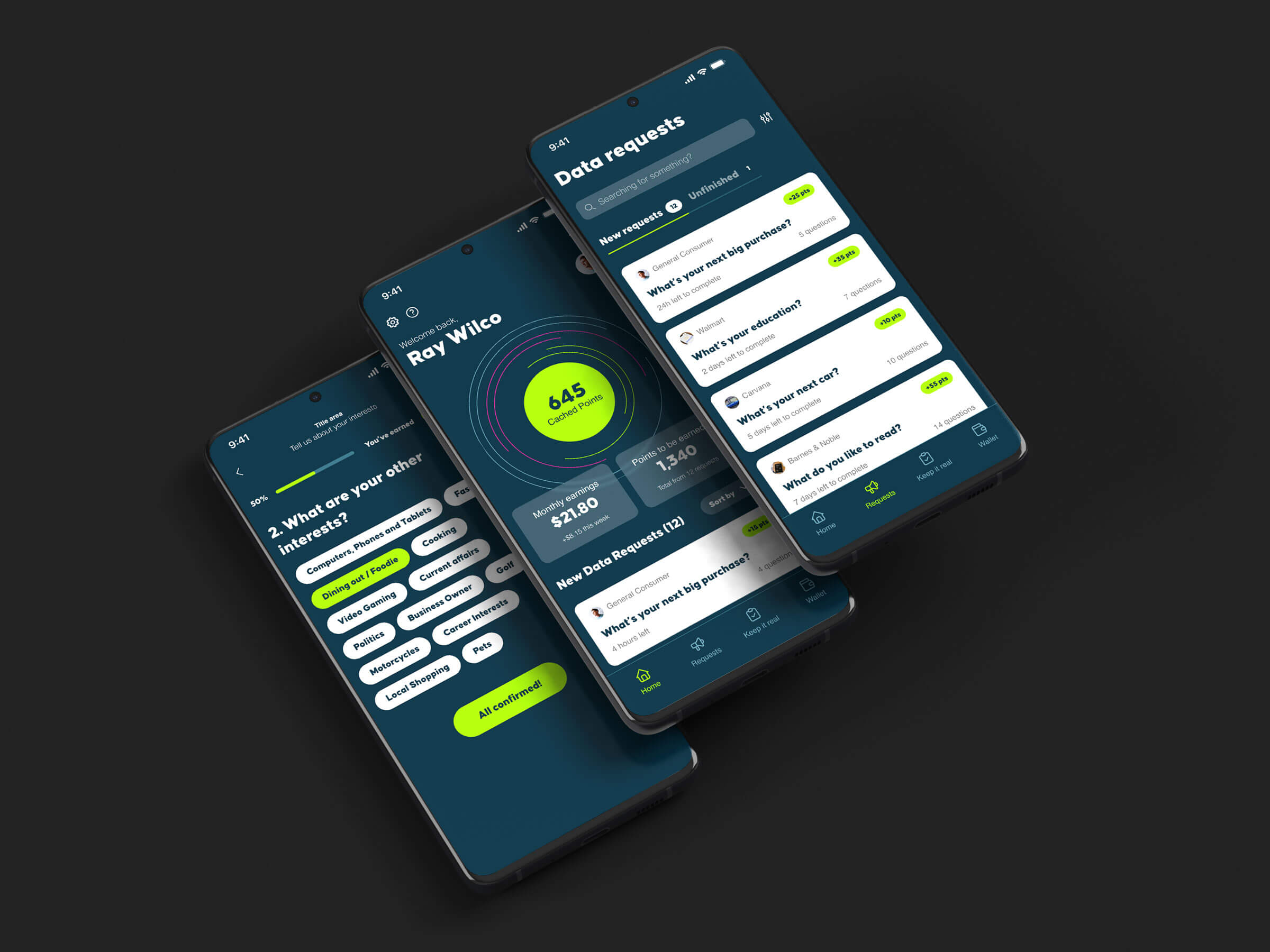Staff augmentation vs software outsourcing: The ways you can work with a software development company
There are two dominant software outsourcing models that American companies tend to utilize when they need to increase their software development output – staff augmentation and project outsourcing. Software development outsourcing has been around for many years, although in the past decade, new outsourcing models have emerged to meet the changing needs of American startups and enterprises alike. When a company is faced with pressures to develop a product, whether a mobile application, hybrid web application, or to complete a large migration, etc. a company generally has a few different options to complete and accelerate the work that needs to be done. Here we look at staff augmentation vs software project outsourcing as the two main outsourcing options.
The first and most obvious route for a company to increase software development velocity is to grow and increase their internal resources - meaning they hire and train program managers, product managers, technical architects, developers, QA’s, and the other technical roles they need to deliver their products. The second option is to contract a software development company to deliver a project or scope of work from start to finish, we call this complete project outsourcing. And the third option is for a company to contract a software development firm to augment their internal team with the specific personnel they need in order to deliver the project - this is commonly referred to as software staff or team augmentation. Each outsourcing model has specific benefits and advantages that should be understood by any company that’s looking to accelerate product development using a third-party software development partner. For a broader article on the advantages of outsourcing software development, check out our previous post here.
Project outsourcing – overview and benefits
When a company wants to outsource a complete software project, they start by finding a development firm in one of several ways. A company can ask several vendors for an RFP (request for proposal) after they’ve detailed in a spec sheet or build list what their scope of work or project is. A company looking for a development partner can also approach several vendors and explain to them what they need to build as the development firm works with the company to scope, architect, and conceptualize the solution they need. Once the company decides on a development firm they work together to agree on terms, timelines, pricing, project structure, etc. Within project outsourcing there’s significant variation with how projects are structured – for example small projects might be fixed price and have set deadlines, while large projects tend to be structured with an agile approach and use a time and materials pricing model.
However, once these details are agreed upon and a project starts, the company will likely work closely with the development firm just in the initial phases of the project to ensure complete understanding of the product or solution before the development firm begins to write code and develop features autonomously.
Once the company and the development firm have settled into the working relationship, the company can begin to rely more heavily on the development firm, as they’ve transferred to them both the broad product knowledge and specific technical information that they need in order to build and deliver the product that the company is expecting. One key advantage of the project outsourcing model is that the development firm takes on the overall management responsibility, meaning project management, quality management, developer management, and more - not the client/customer.
This is an important distinction because the management responsibility that a development company takes on is what makes the project outsourcing model very attractive for companies that don’t have the software expertise to develop their own products in-house or companies that are lean on management that need the assistance from a development firm to deliver a complete solution. Reputable software development firms should have a track record of successfully deployed similar projects, meaning their management teams can be trusted to develop and deliver a project like yours with little oversight. Certainly, a development firm will rely on their client for feedback, specifications, acceptance criteria and more in order to construct a product that is up to spec, but when the time comes for actual product and project management, the responsibility is owned by the development firm in this outsourcing model. This model’s main benefit is that a company should not have to dedicate significant resources to product and project management by outsourcing a complete project to a development firm and that the development firm has specific expertise and the required team on staff to build and maintain the project – they’re responsible for the entire software development lifecycle.
Key highlights of complete project outsourcing
- Project outsourcing is typically more expensive and less flexible than staff augmentation
- The development firm is responsible for the product development lifecycle and management responsibility
- The client is responsible for product and domain specific knowledge
- The development firm provides the needed project resources to fulfill the scope of work (ex: designers, software architect, QA, Dev-ops, etc.)
Cons of software project outsourcing
While this model is certainly attractive for several reasons, it also has drawbacks that are important to point out. When a company outsources a complete project to a development firm, it can be easy for this customer to lose sight into what exactly is happening under the hood because their involvement becomes limited. This means they may not know exactly which developers are working on their project, how much time they are dedicating to it, etc. The company likely won’t have direct access to the development team, and if they have questions, they may not get immediate responses as a development firm likely has multiple projects going on at once and tends to pool resources between multiple projects at once. These aren’t unique problems within the outsourcing world but are quite easily solvable if effective channels of communication are established along with mutual trust and understanding of timelines, personnel and management structures.
Staff augmentation – overview and benefits
Nearshore Staff augmentation is an alternative method of outsourcing that emphasizes helping an existing team, rather than developing a product with an outsourcing partner from start to finish. Staff augmentation is a simpler way for a client to work with a software development firm. A company that might be short staffed, pressed for deadlines, or that might need to increase their output in the short term can look to staff augmentation for turn-key resources that will help them deliver features. Staff augmentation is often used to acquire talent that can be hard to find and needed for a specific skill set, such as front-end development with a specific technology. Staff augmentation is a useful tool for companies because they can engage a staffing agency for a fixed term for a project or for a longer term if they know they’re going to need highly skilled developers indefinitely.
A company that’s looking for a staff-augmentation solution will contact several development agencies with a clear idea of the profiles they need and for how long they might need them for, whether it be a single or several developers. After understanding the roles and requirements that a company needs, a nearshore staffing company will put together the terms, cost, and timeline for a staffing plan that will suit your needs.
A staffing augmentation partner will handle most, if not all things administrative so its client’s administrative responsibilities are limited, and they can simply plug into the talent they need without the overhead of people management, recruiting, HR, and more. This aspect of the outsourcing model makes the relationship seamless and simple compared to hiring a full-time employee or scoping out a complete project for the development partner to handle. With fewer administrative responsibilities and lower overhead for the client, staff augmentation can be adapted on a per project or indefinite basis making this model of outsourcing both lean, agile, and flexible.
Key highlights of staff augmentation:
- Less expensive than complete project outsourcing
- Best suited for companies that need to hire specific talent and acquire specialized skills or accelerate their development timelines with ready-to-go developers
- The client / customer takes on more responsibility with overall management including both project and product management. ·
- The client / customer dictates projects, priorities, and team structures·
- The development firm provides resources but does not manage development
Some of the other key benefits to nearshore staff augmentation compared to complete project outsourcing are that it’s generally less expensive and more accessible and quicker to start up. Staff augmentation rarely requires a long due diligence or estimation period from a development company. Rather, the main challenge for a successful staffing engagement is the staffing company’s access to reliable and available developers. One of the main challenges with software staffing is fit – moreover, the fit that a developer needs to have with an existing development team on the client side is extremely important. Optimizing for a good fit not only means that the developer’s skill set is what the client's development team needs, but also, they understand the client’s product, workflows, and standards. Staff augmentation works best as an outsourcing model when the outside talent becomes fully embedded into the client’s team.
Cons of staff augmentation
The staff augmentation doesn’t come without its own set of challenges and things to watch out for. The most prevalent challenge as mentioned above, is fit and the time needed to train and onboard new team members. Outsourced team members can often require extra attention and help in their first months of being on a new team which can detract from existing team members’ time. Staff augmentation that can also necessitate a client needing to increase their internal management oversight as their extended team grows, in addition to ramping up other measures like quality control and security protocols for integrating third party team members.
Conclusion – staff augmentation vs software outsourcing: different models for different teams
Depending on your current team’s size, structure, and preferences, either staff augmentation or project outsourcing likely represents a viable solution for product development or acceleration for your company. It’s important to note that these are not the only outsourcing models that exist, and companies often adopt multiple models of working with development partners depending on several variables including budget, timeframe, management availability, and more. For examples, companies that are developing enterprise software, both models can work. To learn more about the different software development outsourcing models, contact us.












